
Enabling Microsoft Teams alerts
- Go to the
Environmentspage on the sidebar. - Select an environment and click connect on the
Connect messaging appcard (first card), and selectMicrosoft Teams.

- For each MS Teams channel you connect to Elementary, you will need to create a Webhook. There are two ways to create a webhook:
Option 1: Using Microsoft Teams Connectors (Legacy)
Option 1: Using Microsoft Teams Connectors (Legacy)
- Go to a channel in your Team and choose
Manage channel
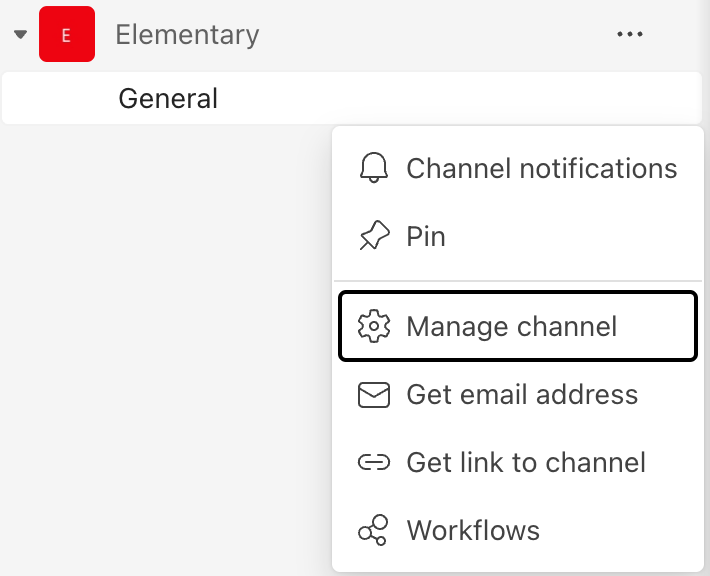
- Click on
Editconnectors.
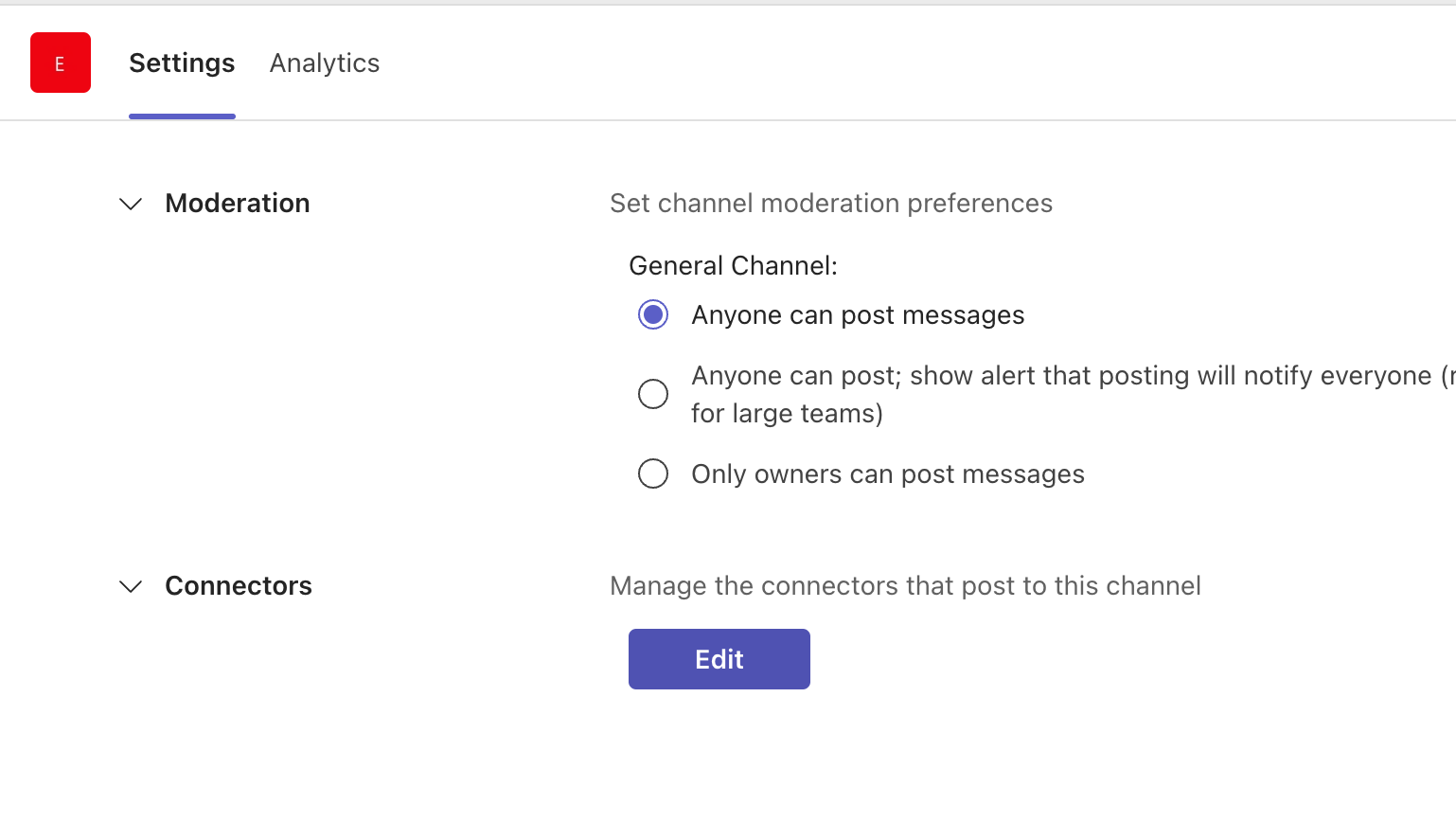
- Search for
Incoming webhookand chooseAdd.
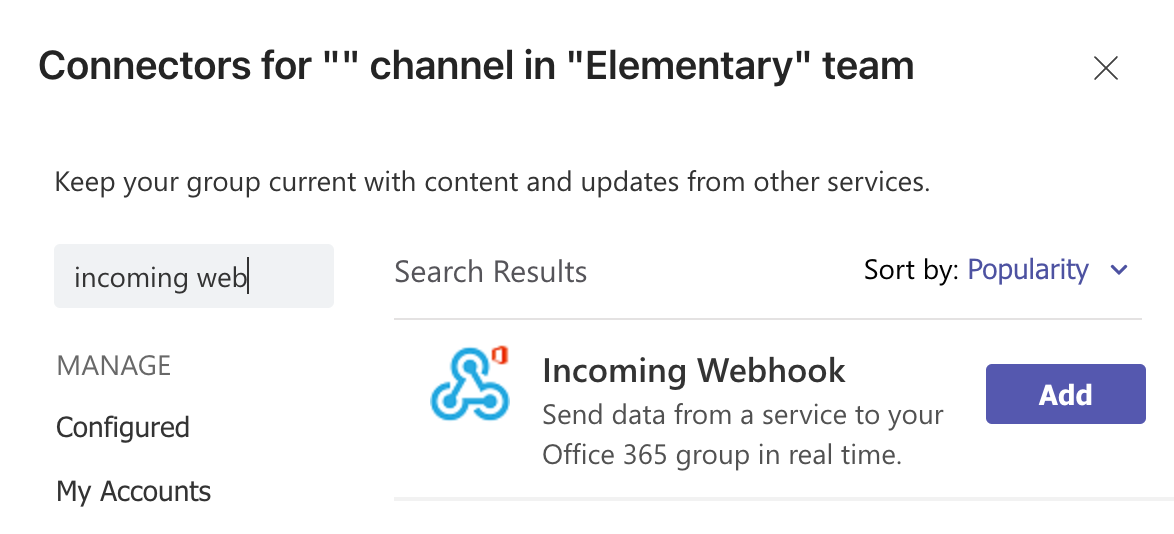
- Choose
Addagain and add a name to your webhook, then click onCreate.
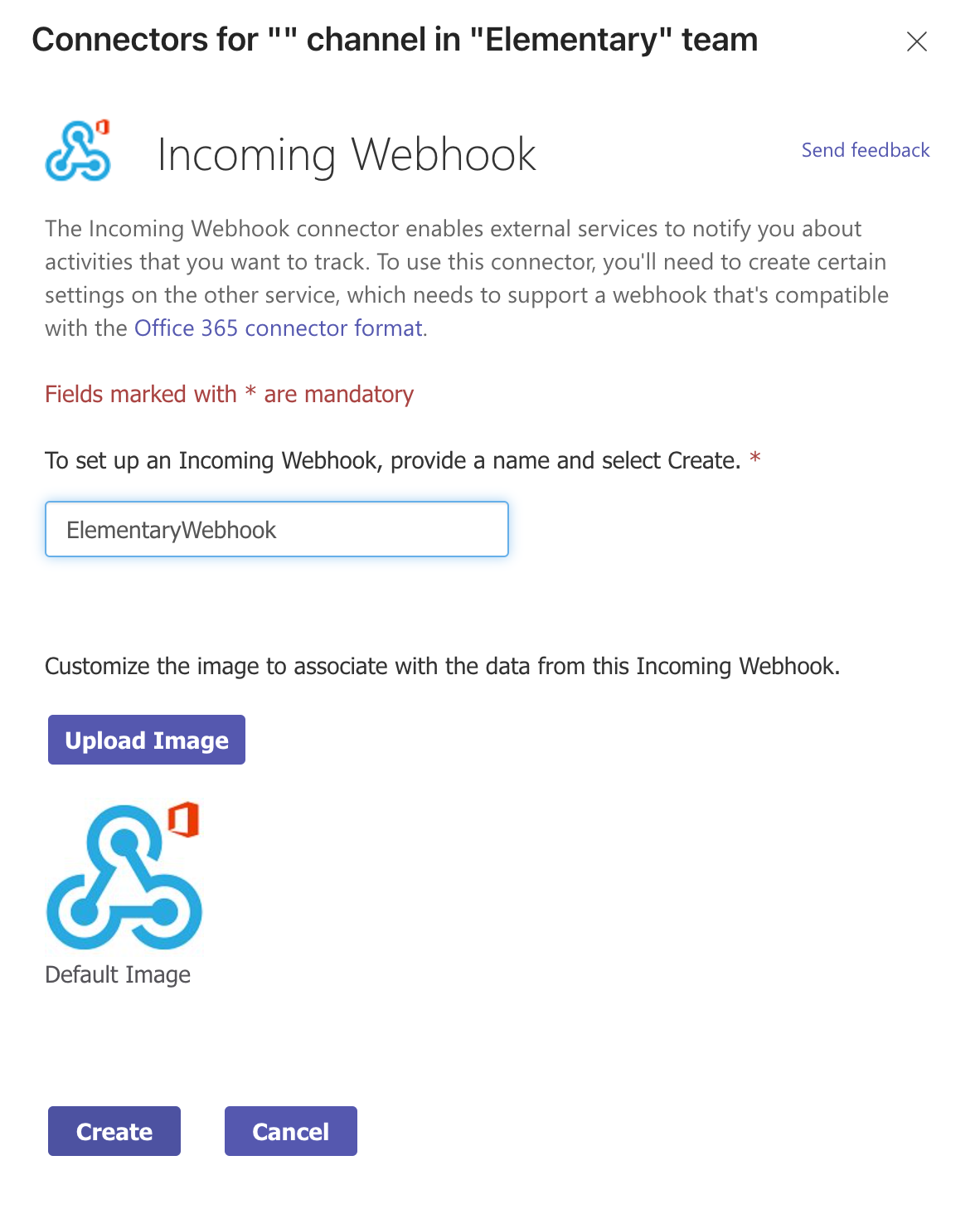
- Copy the URL of the webhook.
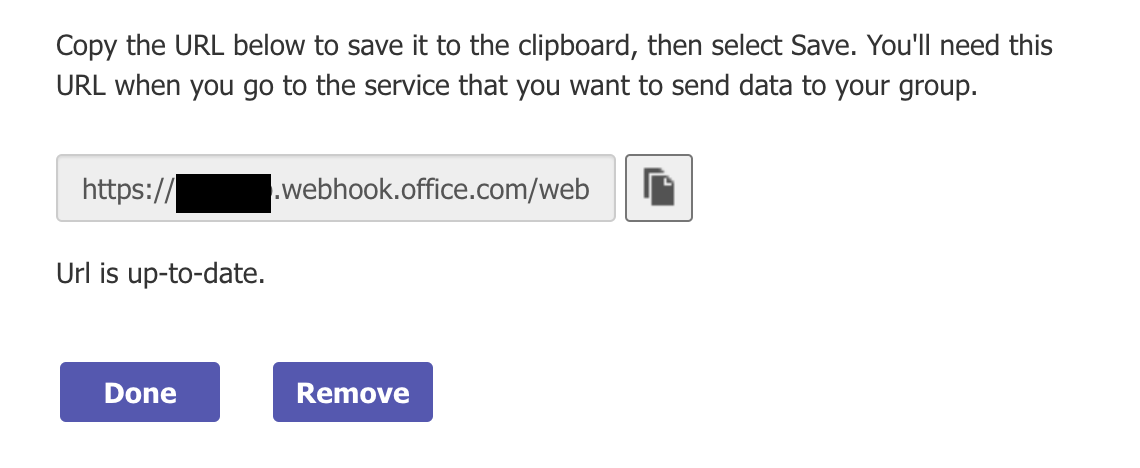
Option 2: Using Power Automate Workflows (Recommended)
Option 2: Using Power Automate Workflows (Recommended)
You can create a webhook using Power Automate in two ways:
Method 1: Directly from Teams (Recommended)
- Go to your Teams channel
- Click the three dots (…) next to the channel name
- Select
Workflows - Choose the template “Post to channel when a webhook request is received”
- Copy the webhook URL
Method 2: From Power Automate Website
- Go to Power Automate
- Create a new instant cloud flow
- Search for “When a HTTP request is received” as your trigger
- In the flow, add a “Post adaptive card in a chat or channel” action
- Configure the team and channel where you want to post
- Save the flow and copy the HTTP POST URL
- Configure your Microsoft Teams webhooks, and give each one a name indicating it’s connected channel:
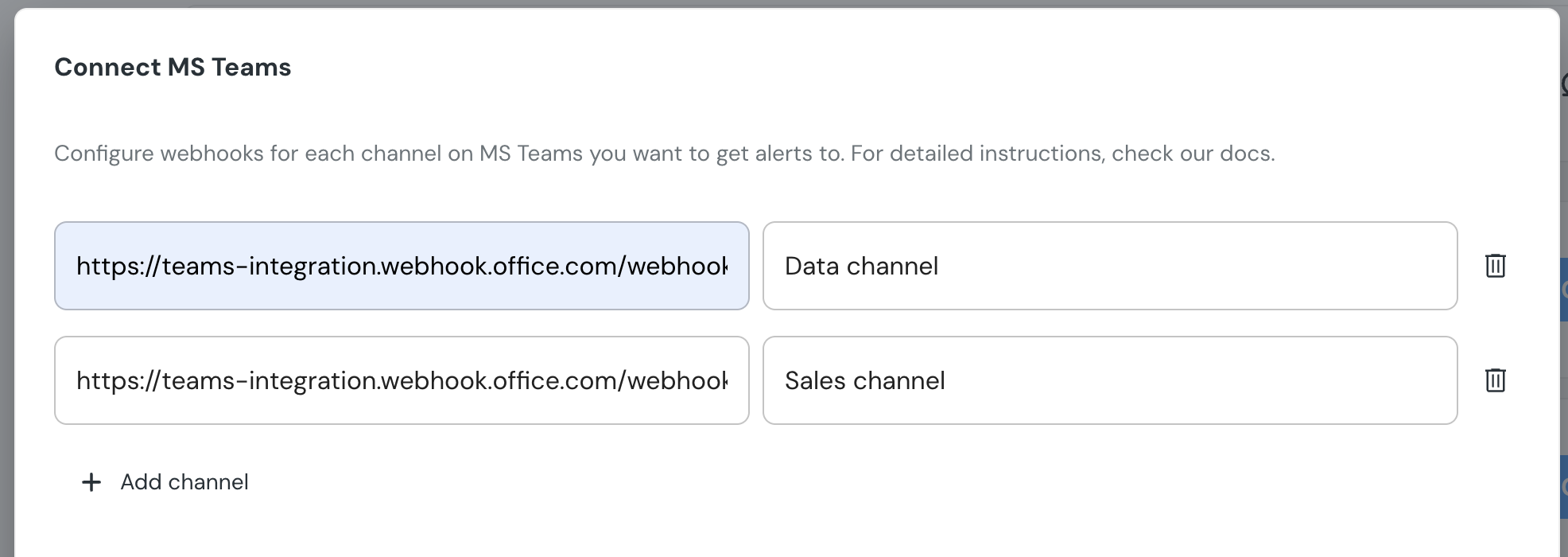
- Select a default channel for alerts, and set the suppression interval.
The default channel you select will automatically add a default alert
rule to sends all failures to
this channel. Alerts on warnings are not sent by default. To modify and add
tules, navigate to
Alert Rules page.